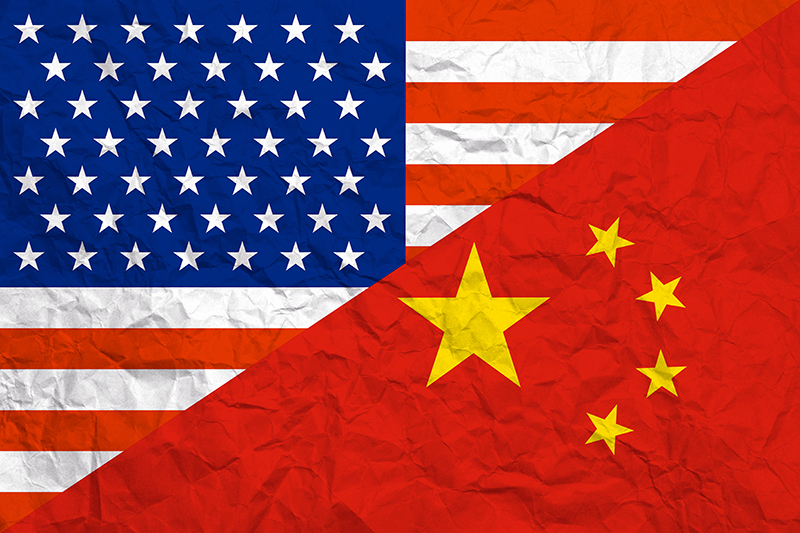Artificial intelligence – a catch-all term that encompasses neural networks, machine learning and deep-learning technologies – has the potential to fundamentally transform civilian and military life in the coming decades.
Willingly or not, even the deepest skeptics are feeding the AI force nearly every minute of every day. Every Google (or Baidu) search, Twitter (or Weibo) post, Facebook (or Tencent) ad and Amazon (or Alibaba) purchase is another click creating mountains of data – some 2.2. billion gigabytes globally every day – that companies are using to train their algorithms to anticipate and mimic human behavior. This creates a virtuous (or vicious, depending on your perspective) cycle: the more users engage with everyday technology platforms, the more data is collected; the more data that’s collected, the more the product improves; the more competitive the product, the more users and billions of dollars in investment it will attract; a growing number of users means more data can be collected, and the loop continues.
And unlike previous AI busts, the development of this technology is occurring amid rapidly advancing computing power. The use of graphical processing units (GPUs) and development of custom computer chips is giving AI developers increasingly potent hardware to drive up efficiency and drive down cost in training their algorithms.
The global race for AI supremacy will feature prominently in a great power competition between the United States and China. The U.S., for now, has the lead in AI development when it comes to hardware, research and development, as well as a dynamic commercial AI sector. China, by the sheer size of its population, has a much larger data pool, but is critically lagging behind the U.S. in semiconductor development. Beijing, however, is not lacking in motivation in its bid to overtake the U.S. as the premier global AI leader by 2030. And while that timeline may appear aggressive, China’s ambitious development in AI in the coming years will be unfettered by the growing ethical, privacy and antitrust concerns occupying the West. China is also throwing hundreds of billions of dollars into fulfilling its AI mission, both in collaboration with its standing tech champions and by encouraging the rise of unicorns, or privately held startups valued at $1 billion or more.
By incubating and rewarding more and more startups, Beijing is finding a balance between focusing its national champions on the technologies most critical to the state (sometimes by taking an equity stake in the company) without stifling innovation. In the U.S., on the other hand, it would be disingenuous to label U.S.-based multinational firms, which park most of their corporate profits overseas, as true “national” champions. Instead of the state taking the lead in funding high- risk and big-impact research in emerging technologies as it has in the past, the roles in the West have been flipped; private tech companies are in the driver’s seat while the state is lunging at the steering wheel, trying desperately to keep China in its rear view.
Watch this video for a sneak peek of Reva Goujon’s keynote presentation at CRE.Converge 2018 and read her Bisnow interview, “Trade Tariffs Fuel Competition Between The U.S. And China For Global Dominance.”














